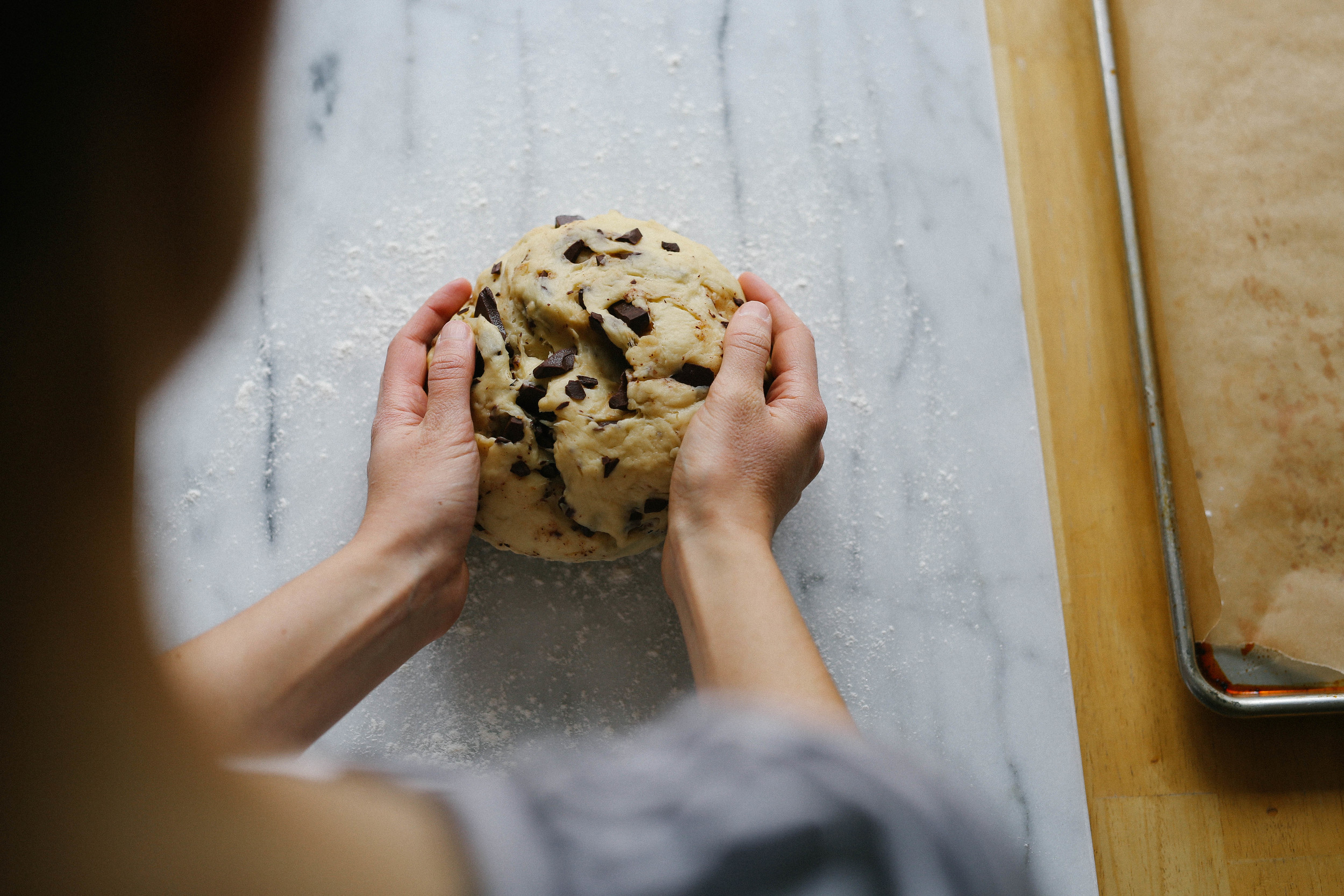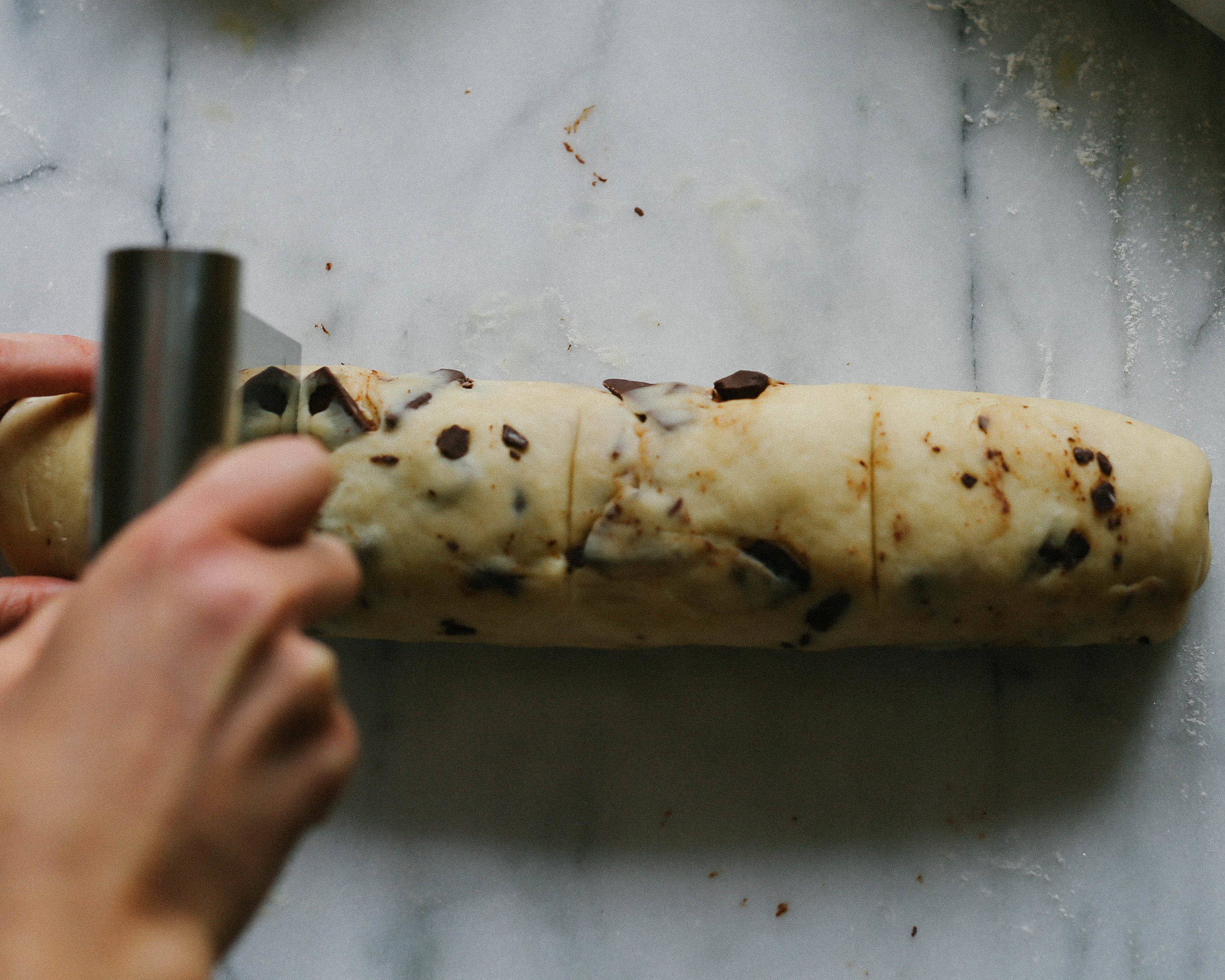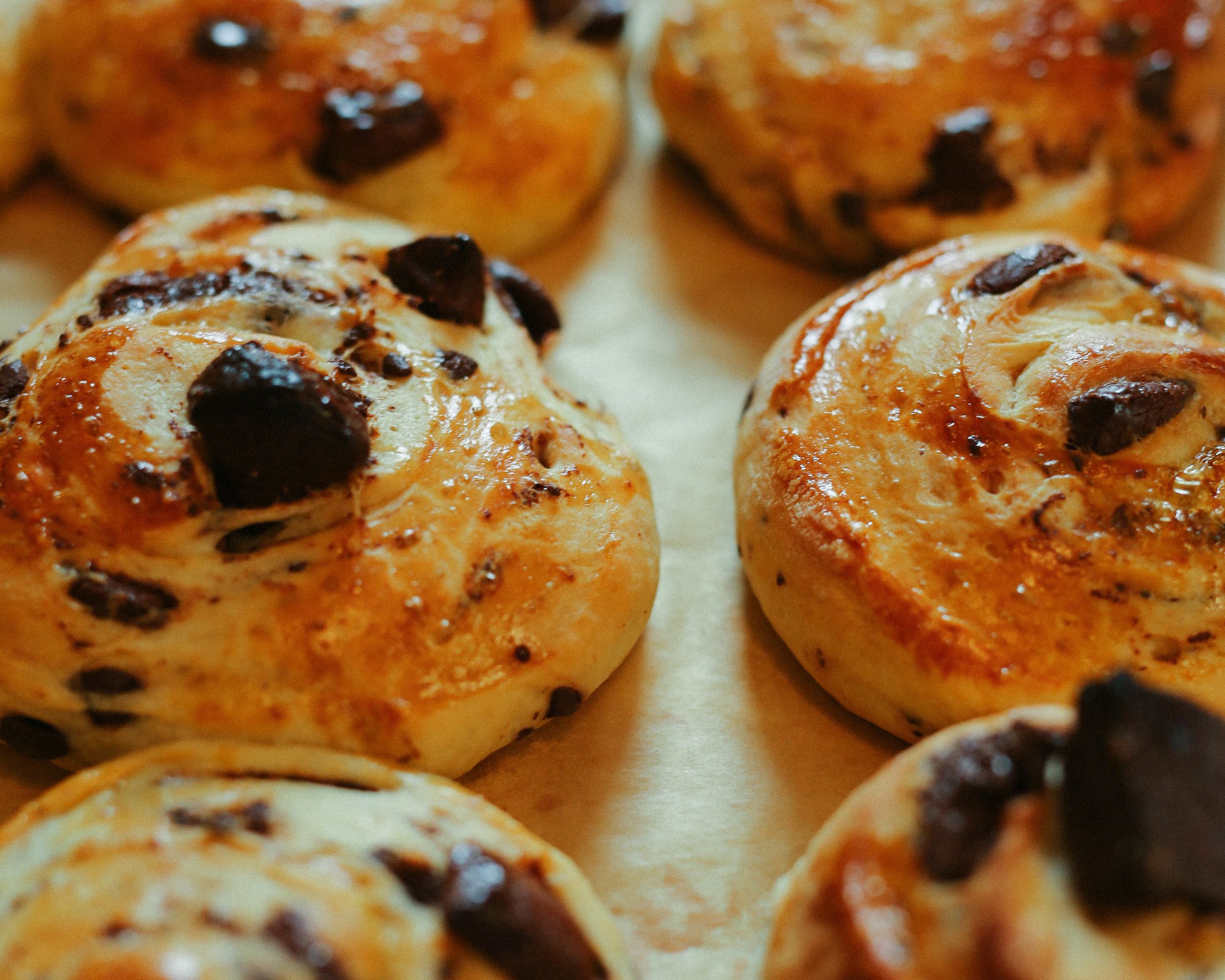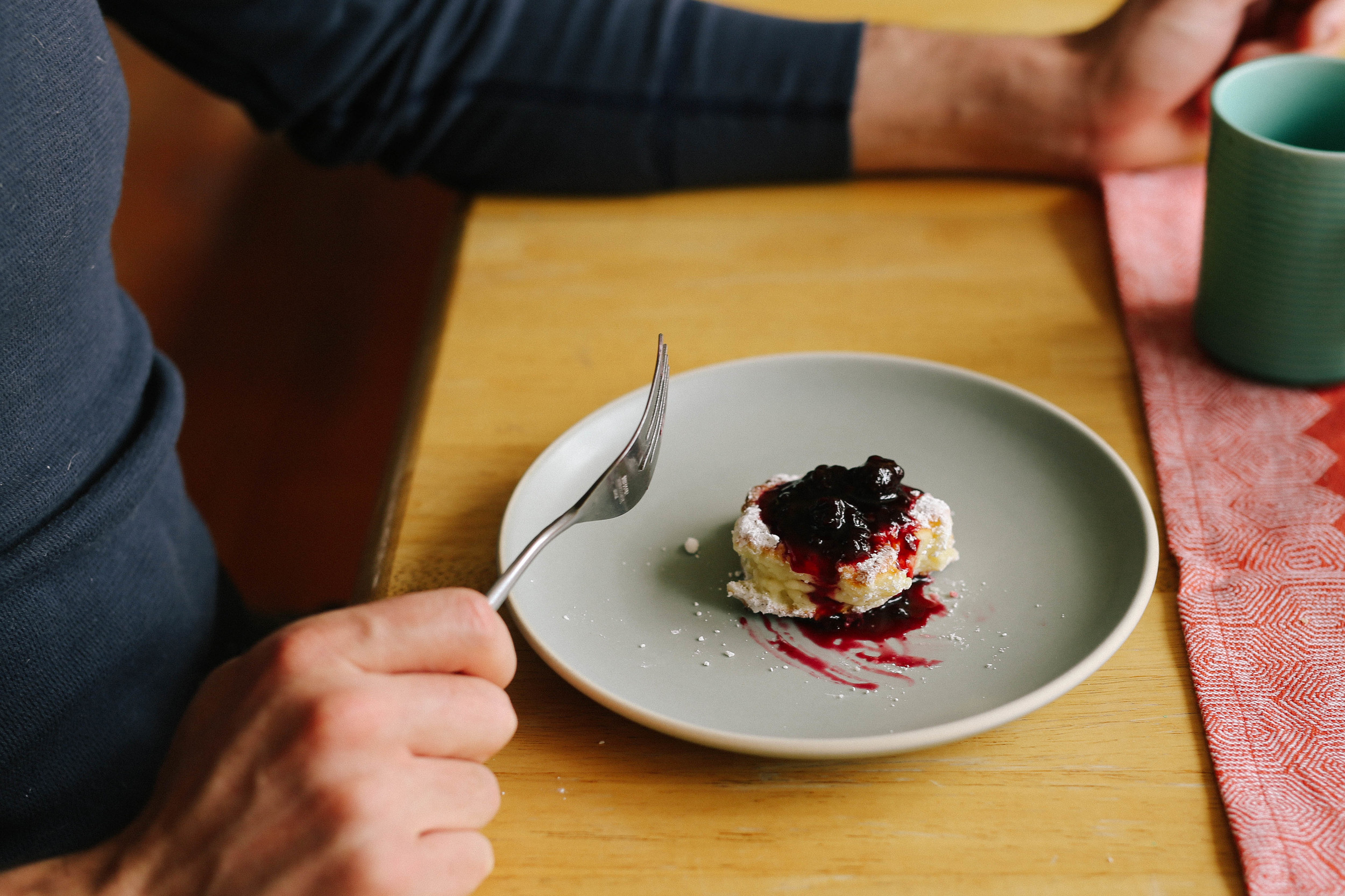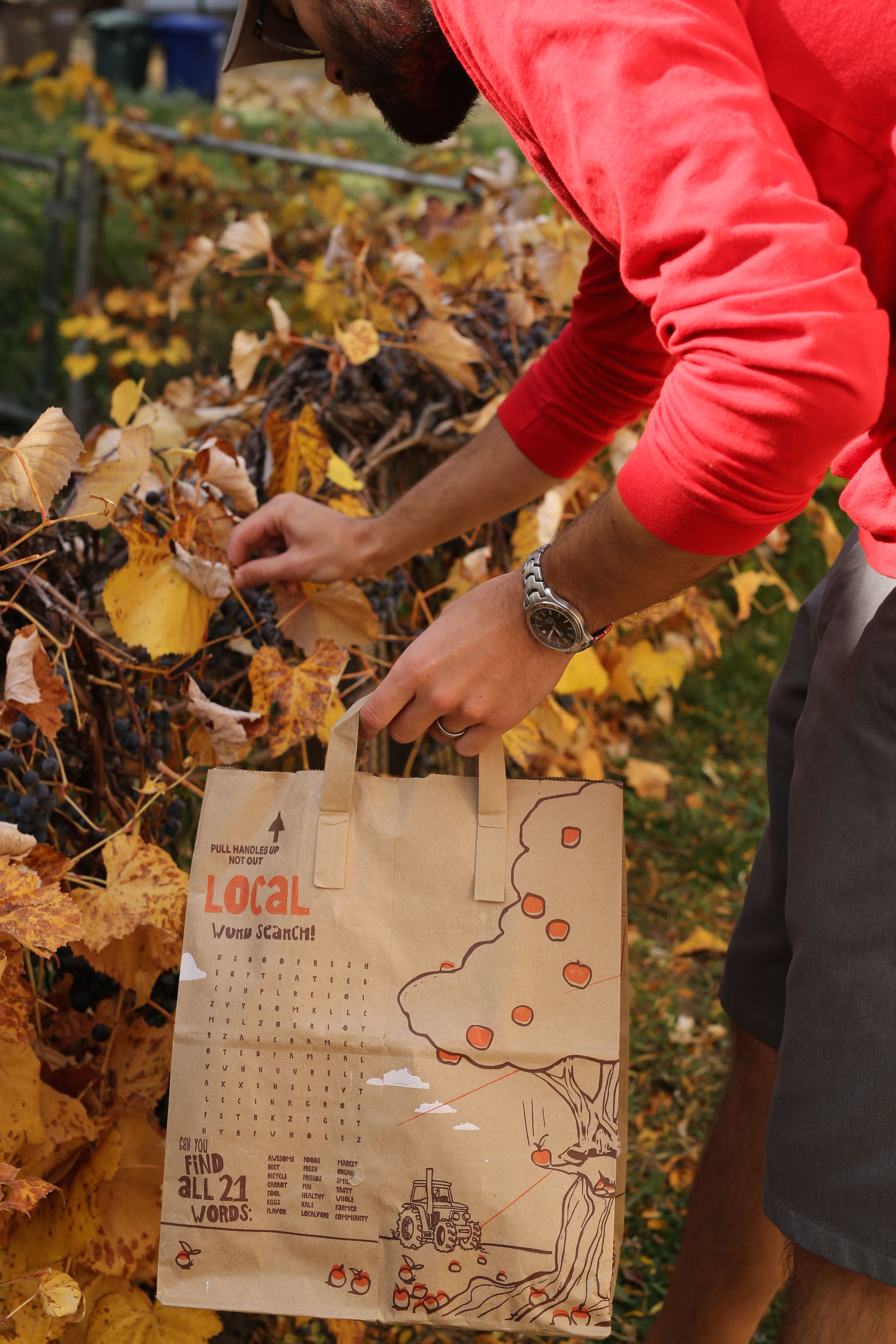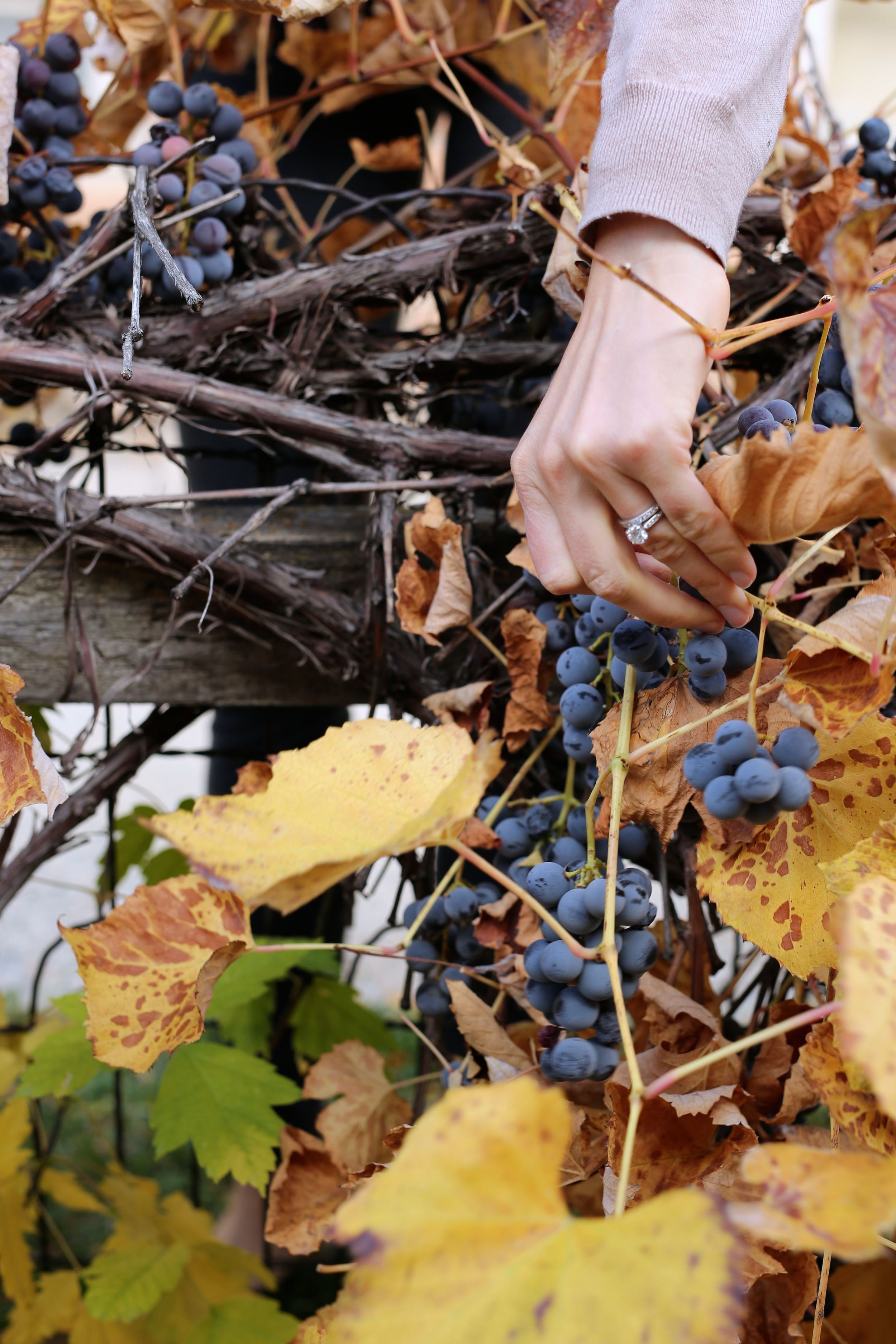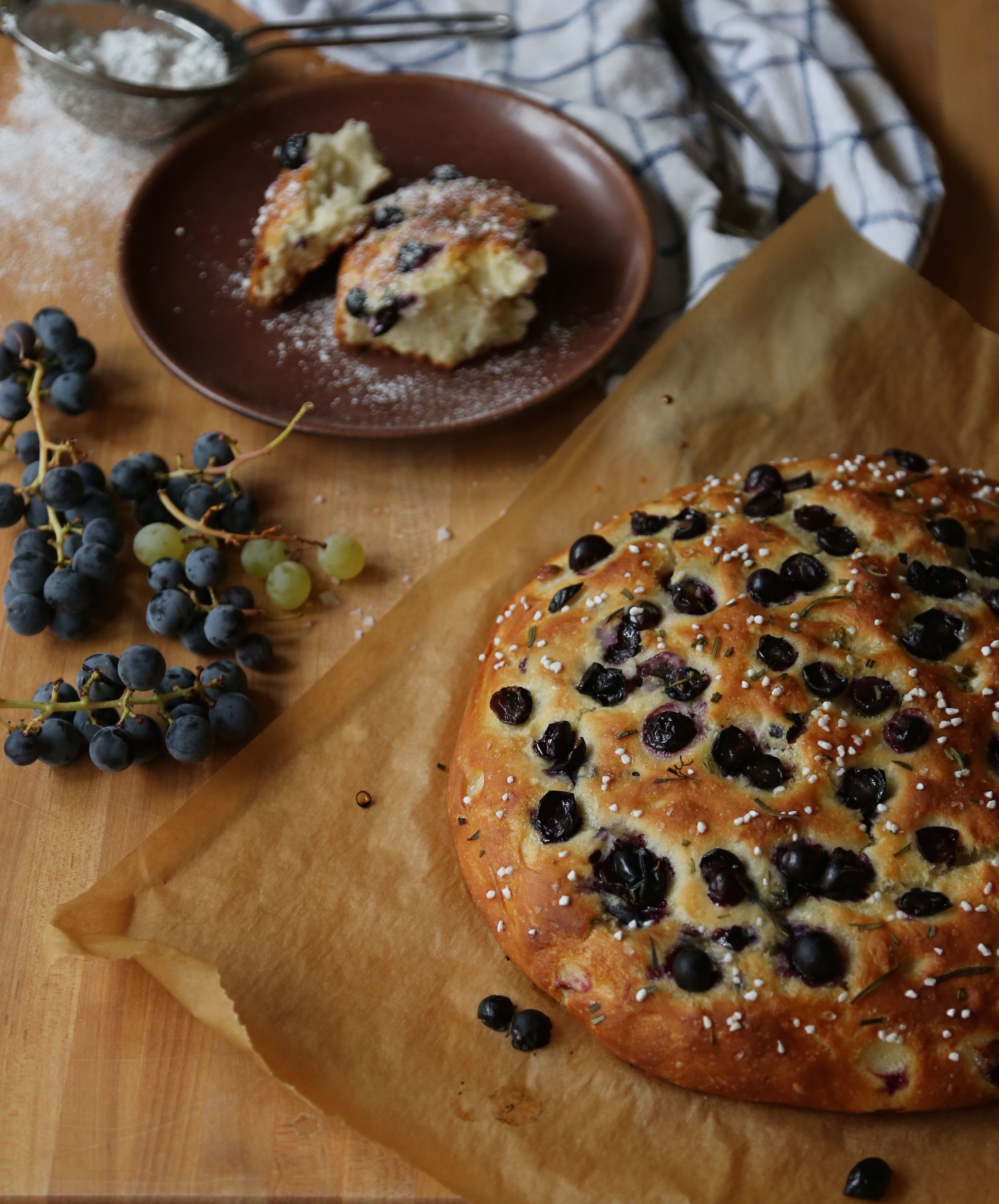This recipe is for my momma, who loves a good Tin Roof sundae! It was (and probably still is) her dessert of choice at one of the restaurants she and my dad would (and probably still do) frequent for celebratory purposes. I think it was the first restaurant I visited as a child where I noticed things like the white tablecloths and starched napkins and fancy silverware, and ate things like fried mushrooms and chicken cooked three-ways and salads with drizzles of truffle oil.
In all honesty, I probably ate only one of the three-ways in which the chicken was cooked and hid the salad leaves in the folds of my napkin. I was not an adventurous lady when I was ten years old.
But I ate a lot of fried mushrooms and Tin Roof sundaes because both items were, according to my mom, non-negotiable facets of dinners at this particular restaurant (and what ten-year-old doesn't love ice cream and things that are fried?). If I remember correctly, the chef once came out to our table during our dinner and brought my mom the recipe for the fried mushrooms because SHE LOVED THEM SO MUCH. She and my dad have since made them at home to many rounds of applause from those lucky enough to be in the mushroom-eating vicinity. But, as she never did get their recipe for the sundae, this recipe approximates that particular dessert quite well, if not better (because brown sugar ice cream!!).
If you are familiar with the basic elements of a Tin Roof Sundae (which specifically involve peanuts), you are probably thinking, "What the heck are those almonds doing there?" They are there because my mom loves the chocolate/almond combo, but you can put peanuts on your sundae, yes you can! You can do whatever you want!
That being said, you absolutely MUST put hot fudge in the bottom of the glass before you put in the ice cream. This is both an insurance policy against anyone sharing your sundae who might decide to take more than their fair share of fudge off of the top, and also a reward for eating a ton of ice cream! Nothing says "Hey, we made it!" like a glass-bottom full of hot fudge.
And the fudge on the saucer? Yeah, I really don't know why it is there, but I like it when ice cream parlors put a giant puddle of sauce underneath my ice cream glass, so why not do it at home? If you're going to have a sundae, have a freaking SUNDAE.
Brown Sugar Ice Cream (makes 1 quart)
Adapted from Prune, by Gabrielle Hamilton
6 egg yolks
3/4 cup brown sugar, divided
1 1/2 cups heavy cream
1 1/2 cups whole milk
1/2 vanilla bean, split and scraped, OR 1 tablespoon good-quality vanilla extract
Beat yolks with 1/2 cup of the brown sugar in a stand mixer with a whisk attachment OR by hand with a whisk until light in color, ribbony, and doubled in volume.
In a heavy-bottomed pot, whisk together the remaining 1/4 cup brown sugar, milk, cream, and vanilla bean or extract, and bring to a low boil over medium-high heat.
With the mixer on (or while whisking continually), slowly pour the hot milk into the egg yolk mixture in a steady stream to temper the eggs.
Pour the egg-yolk milk mixture (henceforth known as custard) back into the pot and cook over medium heat, constantly stirring and scraping the bottom with a heatproof rubber or wooden spatula to prevent scorching/curdling (don't use a whisk). Bring to 180˚F, or cook until the custard coats the spatula. (I usually test my custard with a wooden spoon by coating the back and dragging my finger through the custard. If it leaves a clean-ish stripe of spoon that doesn't get quickly filled in by the custard, it is done.)
Remove from heat and strain into a bowl or container with a lid. Let cool, or speed the process by placing the bowl/container into an ice bath and mixing the custard to bring its temperature down. Cover, and place in the refrigerator to thoroughly chill (at least 2 hours, or overnight). Spin in an ice cream maker according to the manufacturer's instructions.
Hot Fudge Sauce
Adapted from Bi-Rite Creamery
A few quick notes: using a dark cocoa gives hot fudge sauce its signature color! While Dutch-processed works well for this purpose, the flavor will be richer and more chocolatey with a naturally dark (less-processed) cocoa. I know how we all feel about sifting, but do sift the cocoa powder, or you'll get little nuggets of unsweetened chalkiness in your hot fudge sauce. The corn syrup business is there because it is an invert-sugar (meaning not crystallized), which helps give the sauce a glossy appearance and smooth, fudgey texture.
1/2 cup heavy cream
1/2 cup sugar
2 tablespoons dark cocoa powder (such as Valrhona) or Dutch-processed cocoa powder, measured, then sifted
1/4 cup corn syrup, glucose, or tapioca syrup
1/2 teaspoon kosher salt
2 ounces bittersweet chocolate (about 60% cacao), finely chopped
2 ounces unsweetened chocolate, finely chopped
1/2 teaspoon pure vanilla extract
In a medium non-reactive saucepan, stir together the cream, sugar, cocoa powder, corn syrup, and salt. Place the pan over medium-high heat and bring to a boil, cooking just until the sugar has dissolved. Remove the pan from the heat, and stir in both chocolates and the vanilla until the chocolate is melted and the sauce is completely smooth. Use a spatula to smooth any lumps by pressing and smearing them against the bottom of the pan.
Serve immediately, or store in an air-tight container in the fridge for up to 1 month. Rewarm over low heat on the stove, or in the microwave at half-power for 30 seconds to 1 minute (it only takes a few seconds for the sauce to boil when on high power).
Salt and Sugar Almonds
1/2 tablespoon butter
1/2 cup almonds, roughly chopped
1/2 teaspoon kosher salt
1 tablespoon sugar
Melt the butter in a heavy-bottomed skillet over medium heat. Add the almonds, and toss to coat with the butter. Cook over medium heat, stirring frequently, until the almonds begin to color and turn golden brown (and smell reeeeeaaally good). You may remove the almonds from the heat at this point, or cook them for a few more minutes if you prefer a deeper color and nuttier flavor.
Transfer the almonds to a bowl or plate and let cool for a few minutes (this keeps the warm butter from melting the salt and sugar, since I like the look of sugar granules on the nuts). Sprinkle the almonds with the salt and sugar and toss to evenly coat. Use immediately, or store in an airtight container at room temperature for up to two weeks.
Whipped Cream
1 cup heavy cream
2 tablespoons - 1/4 cup powdered sugar (depending on how sweet you'd like your whipped cream)
1/2 tablespoon vanilla
Whisk together the cream, powdered sugar, and vanilla in a large bowl, or in the bowl of a stand mixer fitted with the whisk attachment. Using a balloon whisk (or the attachment of your mixer), beat the cream at least until soft peaks form, and up until firm peaks form (depending on how stiff you like your whipped cream on your sundae). Serve immediately, or store in the refrigerator for up to 3 days, rewhipping if necessary.
To assemble your sundaes:
Step 1: Chill your sundae glasses, warm your hot fudge sauce, and assemble your loved ones/friends/deserving acquaintances!
Step 2: Place a good dollop of hot fudge sauce in the bottom of each sundae glass, and top with a couple of generous scoops of ice cream. Drizzle more hot fudge over the ice cream, making sure to get some in the nooks and crannies between the ice cream scoops. Top with a dollop of whipped cream and a generous sprinkle of almonds. Place on plates coated with even more fudge sauce and almonds. Enjoy every moment of your amazing sundae!
Step 3 (optional): Nap.





